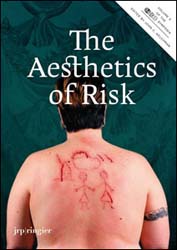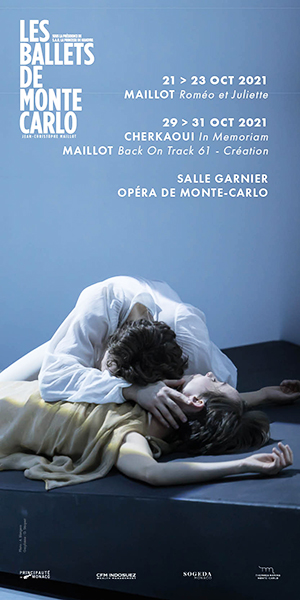Prûˋsentation
Sous la direction de John C. Welchman
The Aesthetics of Risk ã SoCCAS Symposium Volume 3
Editûˋ et prûˋsentûˋ par John C. Welchman, The Aesthetics of Risk est basûˋ sur le 3e symposium organisûˋ par le Southern California Consortium of Art Schools (SoCCAS) au J. Paul Getty Museum.
La notion de risque est abordûˋe sous diffûˋrents angles : la relation entre risque et modernitûˋ dãun point de vue gûˋnûˋral (John C. Welchman et Gerda Reith) ; lãoccupation des territoires au Moyen-Orient comme ûˋtude de cas (Neve Gordon et Dani Filc) ; les films dãAndy Warhol (Douglas Crimp) ; les stratûˋgies dãun militantisme contemporain (Keiko Sei et Chris Hill, Critical Art Ensemble) ; le contexte social et esthûˋtique des performances artistiques en Grande-Bretagne (Chrissie Iles) et aux Etats-Unis (Jane Blocker) ; les expûˋrimentations vidûˋo au Brûˋsil dans les annûˋes 1970 (Elena Shtromberg)…
Le livre contient ûˋgalement un entretien entre Catherine Opie, Brock Enright et Paul McCarthy, un texte dãHenry Flynt et des interventions sur Barnett Newman, Bridget Riley et Richard Serra (Richard Shiff), sur la scû´ne artistique actuelle û Mexico (Gabriela Jauregui) et sur la technologisation de la gestion du risque (Jordan Crandall).
Extrait de lãintroduction de John C. Welchman (en anglais)
ô¨This book collects 16 essays and conversations about the nature and consequences of risk in and out of the art world, beginning with the premise that the modern subject is caught up in an ever-expanding network of predictive and proactive stratagems for the management of risk.
We are heirs to radical transformations in the natural and social sciences engendered by the development of quantitative ideas of chance and the rise of probability theory and its promiscuous alliances with law, medicine, political statistics, and polling-and numerous other disciplines; and involuntary parties to the model-based predictive orchestration of the world of events.
For, in addition to being subjects of the spectacle, we are also hyper-actuarialized citizens, under-written, over-ridden, speed-bumped, over-drawn, and not occasionally maxed out by the hydra-headed nooses of fiscalized social control that snatch the administration of risk away from us.ô£
Diffusion : Les Presses du rûˋel



 parisART sur Instagram
parisART sur Instagram